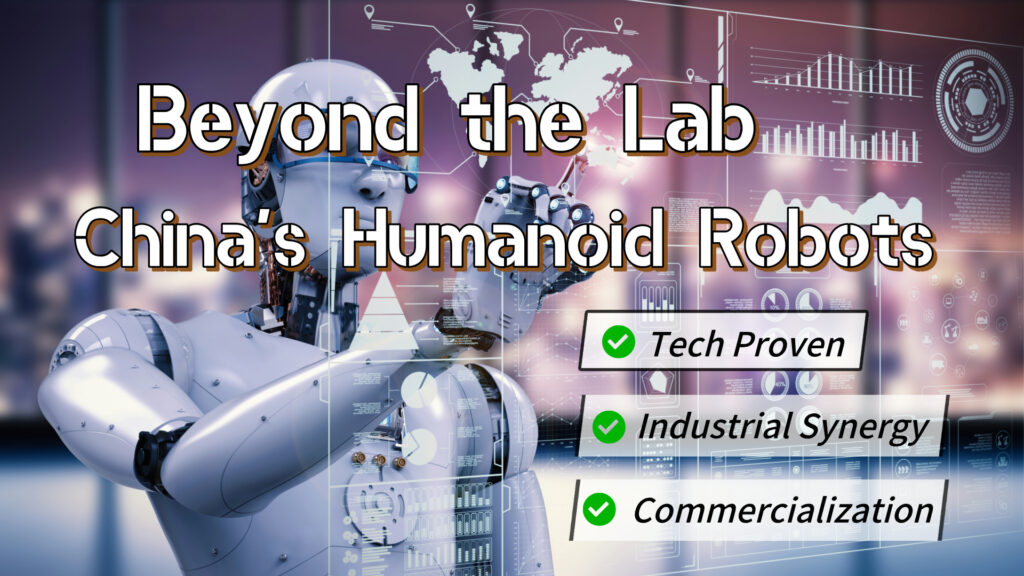
The viral rise of DeepSeek has created a widespread illusion in the tech investment world: that equipping robots with large language models (LLMS) will instantly unlock Westworld-style intelligence. But while tech giants are still fine-tuning their AI “brains” in the lab, it’s the embodied robots — those capable of striking physical feats — that are already stealing the spotlight.
From Unitree’s robots performing backflips, to UBTech’s Walker X practicing Tai Chi, and even Tiangong Ultra completing a half-marathon, these machines showcase remarkable hardware finesse — but not true autonomy.
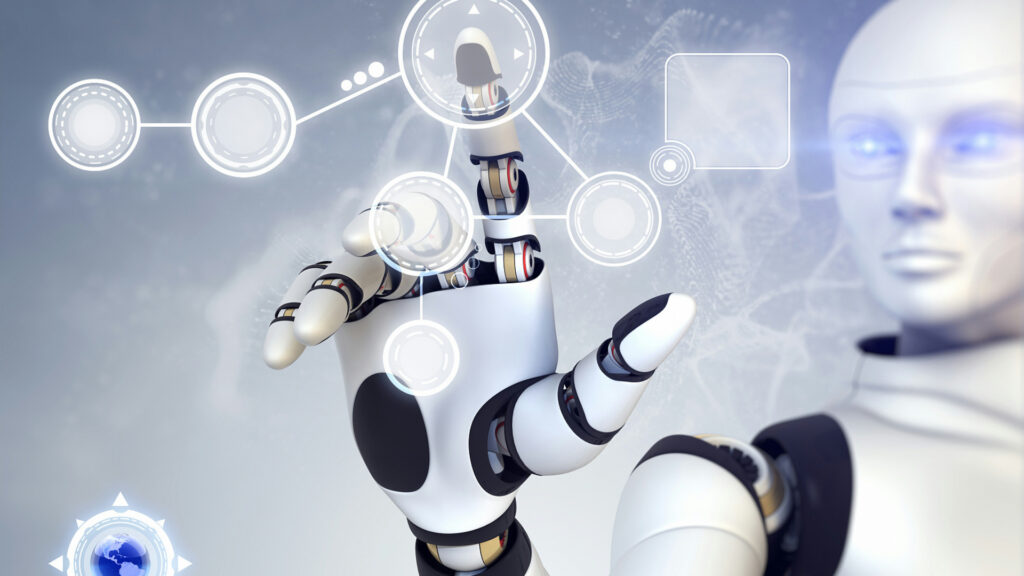
The Core Contradiction
At the heart of the humanoid robotics industry lies a growing gap:
Advanced hardware performance vs. underdeveloped AI cognition.
According to the Lide Robotics Platform, China’s humanoid robot market is projected to reach ¥8.24 billion (~$1.1B) by 2025, with over 70% of orders coming from industrial use cases such as automotive and electronics manufacturing. In these environments, what’s required is precise execution of pre-programmed tasks, not AI-driven decision-making.
A New Catalyst for the Humanoid Robotics Industry
April brought two high-profile events that spotlighted the rapid momentum in humanoid April brought two high-profile events that spotlighted the rapid momentum in humanoid robotics. On April 15, the 2nd China Humanoid Robotics and Embodied Intelligence Industry Conference was held in Beijing. Just days later, on April 19, the world’s first Humanoid Robot Half Marathon took place in Yizhuang, Beijing.
The race covered a full 21.0975 kilometres, drawing 20 robot teams and 12,000 human runners. Only 6 robot teams crossed the finish line — an impressive but modest 30% completion rate. The champion, Tiangong Ultra, broke performance records with a time of 2 hours, 40 minutes, and 42 seconds, hitting a top speed of 12 km/h and sustaining operation for over 2 hours.
More than a spectacle, this event served as a technological stress test and a vivid signal of new trends and opportunities emerging in China’s humanoid robotics industry.
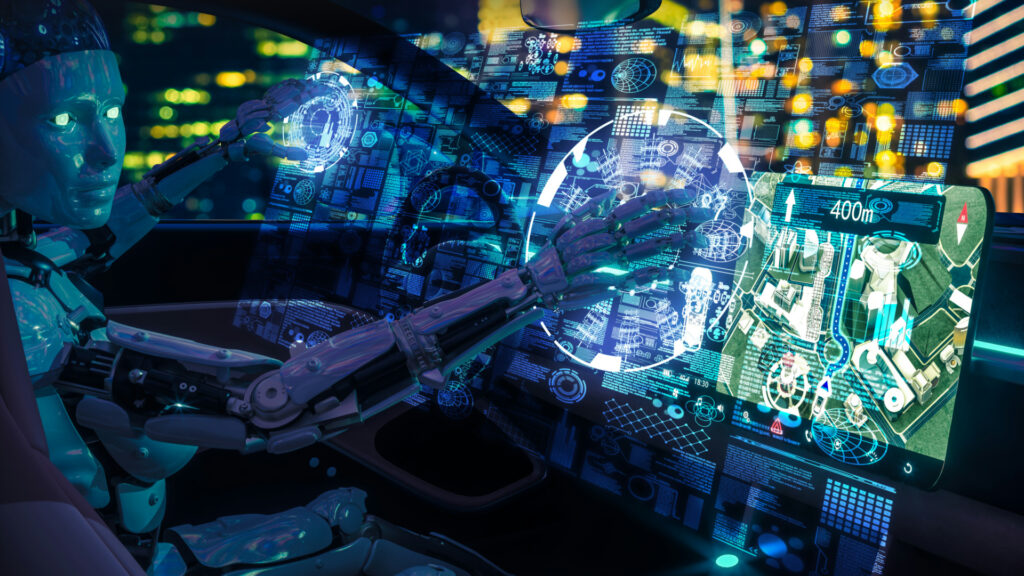
Technology Proven: Pushing the Limits Beyond the Lab
The humanoid robot half marathon served as the ultimate proving ground, testing long-duration stability and terrain adaptability under real-world, high-stress conditions. It marked a critical step in transitioning robotic technologies from lab prototypes to commercial viability.
Key Technical Breakthroughs:
- Joint Flexibility & Power System Innovation
The widespread use of domestic harmonic drive motors was a standout. By reducing motor speed, they significantly enhanced joint output and control precision. - Thermal Management Under Extreme Stress
Robots performed over 100,000 joint movements within 3 hours, generating substantial heat. This pushed thermal dissipation systems to their limits. - Environmental Adaptability in Open Terrain
Facing wind, rain, varied surfaces, and elevation changes, reinforcement learning algorithms proved essential. - Battery Life & Power-Swap Efficiency
Hot-swappable battery systems emerged as a key innovation, allowing seamless power replacement without shutting down, similar to drone backup systems, greatly extending operational duration. - Communication & Interference Resistance
With 20 robots competing simultaneously, signal interference from motors and overlapping transmissions exposed the need for robust, anti-interference communication architectures.
Industrial Synergy: A Spotlight Moment for Domestic Core Components
This robotics competition was not merely a battleground for cutting-edge technologies — it also served as a crucial platform for showcasing the collaborative strength of China’s industrial supply chain. It accelerated the replacement of imported components by boosting the visibility and influence of domestic core suppliers.
Companies like Motional Electric, Leader Harmonic, and Keli Sensing demonstrated their capabilities in full, with their products playing key roles across a tightly connected value chain — from dynamic balance algorithms and force control sensors to actuators, harmonic reducers, hollow cup motors, dexterous robotic hands, 3D vision systems, and data providers for application scenarios.
Policy and Capital: The Dual Engines Driving China’s Robotics Industry
China’s robotics sector is experiencing unprecedented growth, propelled by a synergistic blend of forward-thinking government policies and substantial capital investments. This dual-engine approach is not only accelerating technological advancements but also solidifying China’s position as a global leader in robotics and intelligent manufacturing.
On March 5, 2025, Premier Li Qiang’s Government Work Report unveiled a comprehensive roadmap for China’s technological future. For the first time, the report highlighted “embodied intelligence” and 6G technology as focal points, alongside the promotion of commercial space endeavours, the low-altitude economy, bio-manufacturing, and quantum technology. These areas are identified as critical to cultivating “new quality productive forces,” emphasizing the nation’s commitment to high-tech, efficient, and sustainable development.
Complementing policy directives, industrial funds are adopting an “industrial operation” model to integrate the ecosystem, attracting strategic investments or orders from industry players and injecting strong momentum into the sector’s development.
- National Venture Capital Fund: The National Development and Reform Commission announced the establishment of a state-backed venture capital fund targeting robotics, AI, and cutting-edge innovations. This long-term fund aims to attract nearly 1 trillion yuan (approximately US$138 billion) over 20 years, underscoring China’s commitment to sustained technological advancement.
- ICBC’s Technology Innovation Fund: The Industrial and Commercial Bank of China (ICBC) launched an 80 billion yuan (US$11.04 billion) fund focused on bolstering “hard technology” sectors, including semiconductors and advanced manufacturing. This initiative aligns with central directives to support the private economy and technological progress
China’s dual-engine strategy of policy support and capital investment is driving the rapid development of its robotics industry. By fostering a synergistic ecosystem that combines governmental guidance with financial backing, China is well-positioned to lead the next wave of technological innovation in robotics and intelligent manufacturing.
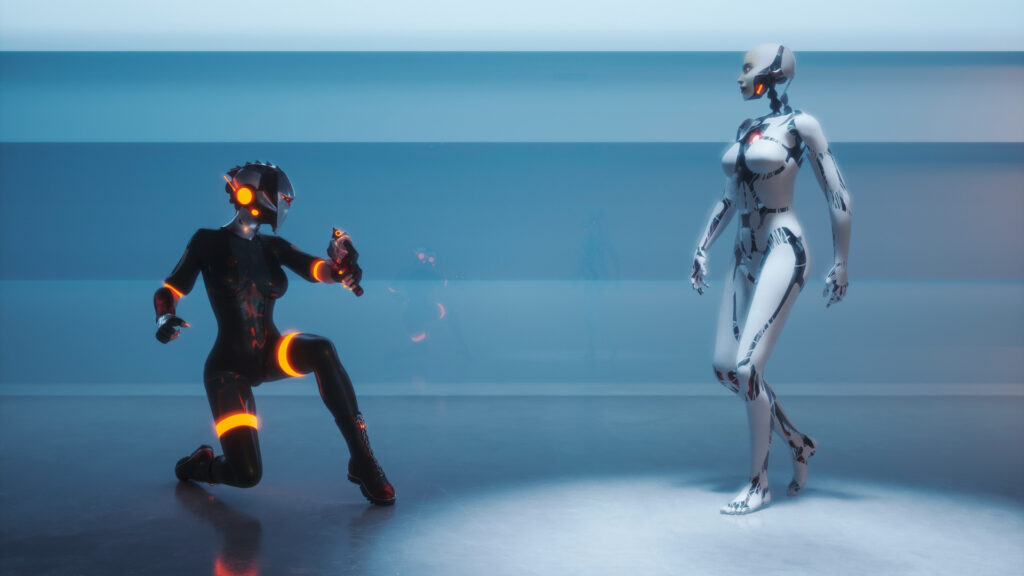
Commercialization Path for Humanoid Robots in China: The “Iron Triangle” of Technology, Application, and Cost
China’s humanoid robotics industry is rapidly advancing, driven by a strategic focus on three interdependent pillars: technological innovation, diversified application scenarios, and cost optimization.
Chinese companies are making significant strides in developing humanoid robots that closely mimic human movements and interactions. For instance, LimX Dynamics has developed algorithms enabling robots to perform dynamic motions like continuous running, while PaXini Technology has engineered tactile sensors that allow robots to distinguish between different human skin textures. These advancements are crucial for integrating robots into environments designed for human use.
Humanoid robots are increasingly being deployed across various sectors in China. In the automotive industry, companies like UBTECH are collaborating with manufacturers such as FAW-Volkswagen to integrate robots into production lines for tasks like bolt tightening and component assembly.
Reducing production costs is essential for the widespread adoption of humanoid robots. Chinese manufacturers benefit from a robust electronics and electric vehicle supply chain, which provides critical components like actuators and batteries at lower costs. For example, Pudu Robotics’ super factory in Jiangsu boasts an annual capacity of 100,000 units, reducing per-unit costs through automation and standardized joint production. Tesla’s Optimus relies on >50% Chinese-made parts, highlighting cost advantages in motors, sensors, and reducers.
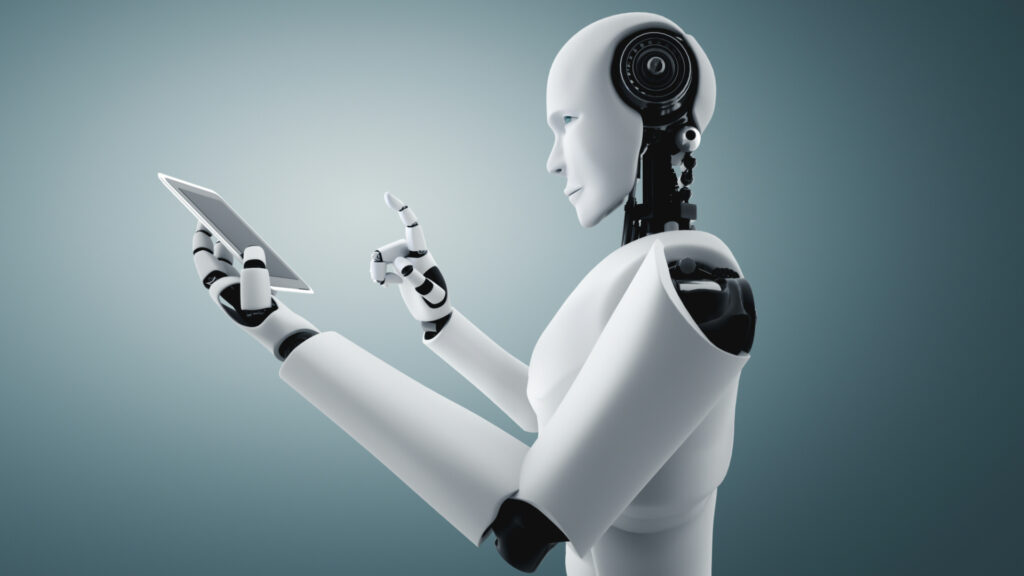
Conclusion: The “Asymmetric Breakthrough” of Chinese Innovation
China is charting a pragmatic course — leveraging its cost-effective hardware supply chain to seize real-world application scenarios, and using the resulting data to fuel AI evolution. The victory of “Tiangong Ultra” at the recent robotics competition is more than just a trophy — it’s a signal.
China’s asymmetric breakthrough is a uniquely grounded approach that transforms manufacturing depth and scene-driven iteration into long-term AI leadership. In this strategy, every bolt, sensor, and data point becomes part of a much larger system that is quietly, but powerfully, reshaping the future of intelligent machines.
Special thanks to the following experts for their insights and professional sharing: (in no particular order)
- Chen Wei, Head of the Product Ecosystem of Titanium Tiger Robotics;
- Li Feng, Founding Partner of FreeS Fund;
- He Gang, an expert in the financial field and Editor-in-Chief of Caijing Magazine;
- Li Xiang, Host of “In-Depth Talks” and former Editor-in-Chief of the Dedao APP.
